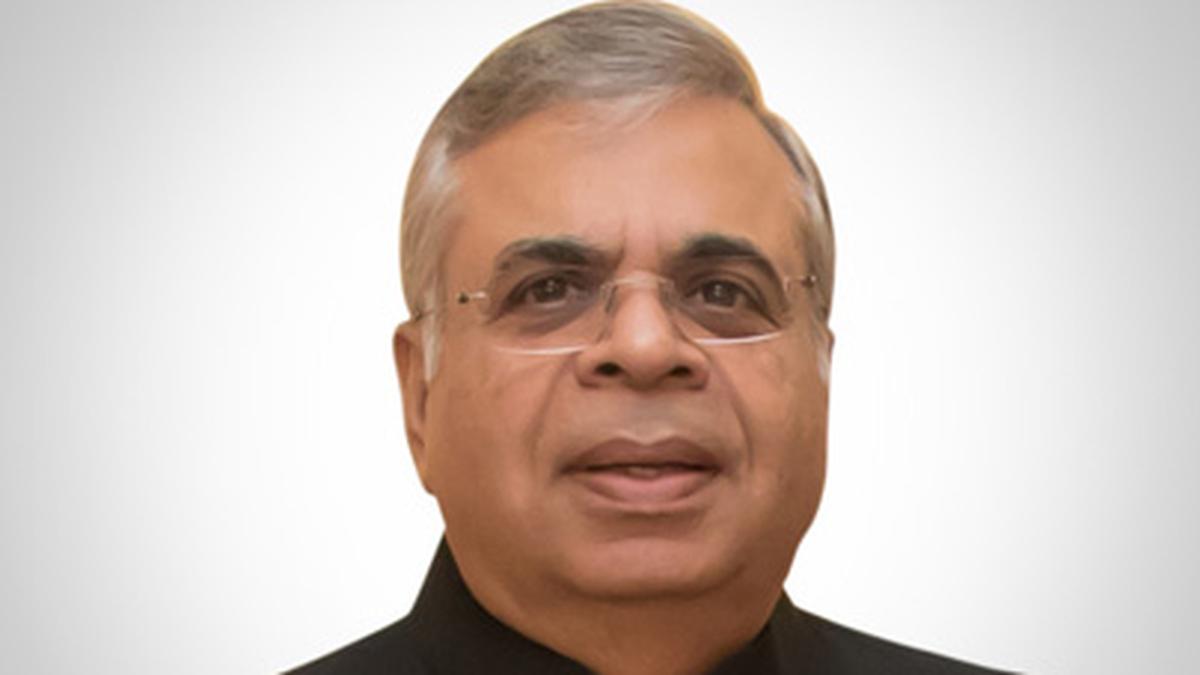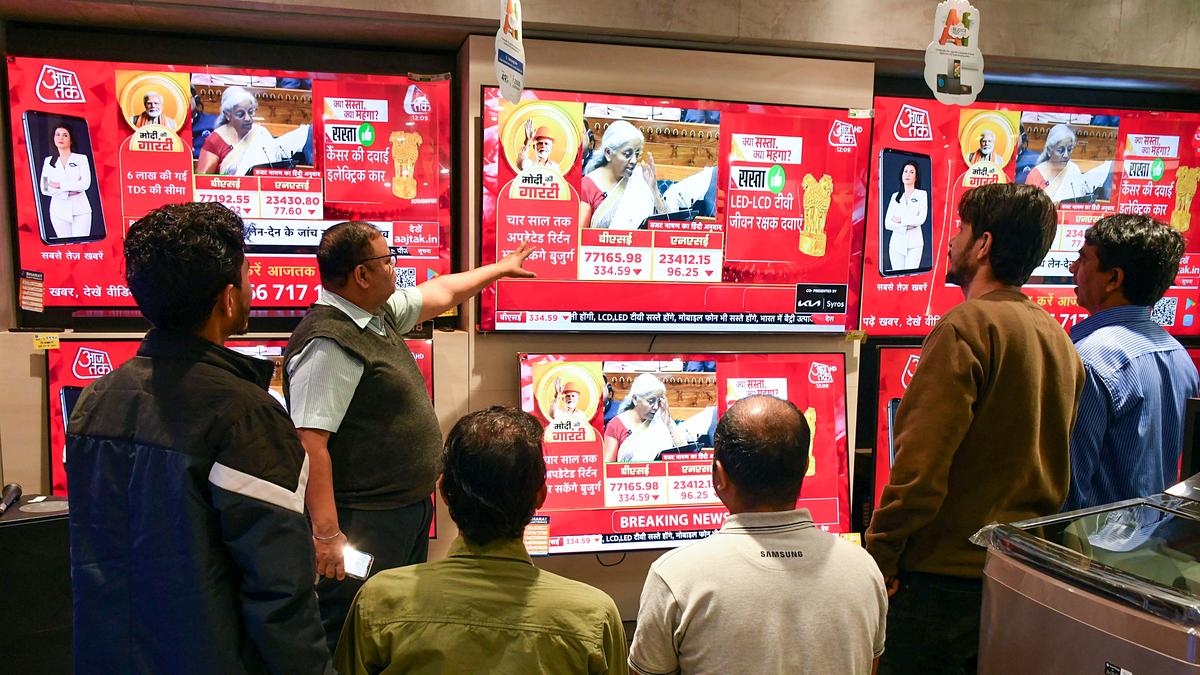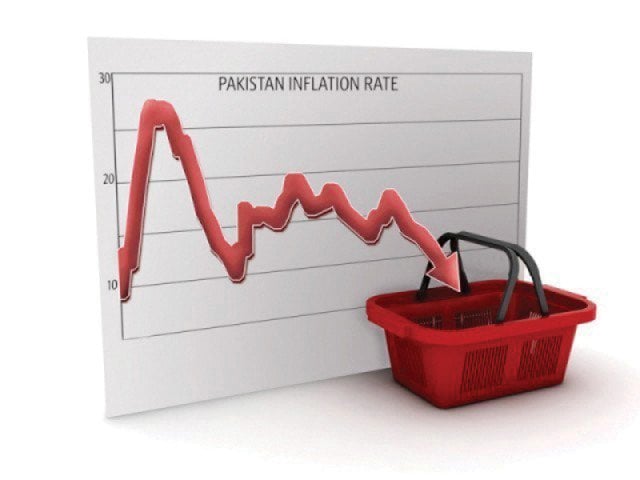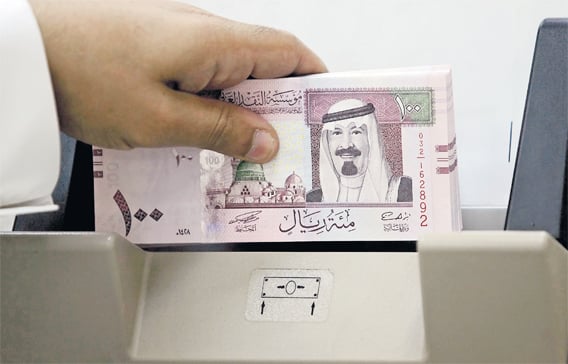This Budget is the first step to Viksit Bharat 2047. Economists have stated that unless the GDP grows by 7.5% continuously for the next 25 years, the dream of Viksit Bharat will remain unrealised, and India will remain in the middle-income trap. With the backdrop of slowing growth (FY 2025 growth expected at 6.4%), India remains the fastest-growing major economy but at $2500 per capita income, acceleration beyond 8% is paramount. This growth must be inclusive where the bottom 50% of citizens can get proportional benefits.
The four major pillars of the Budget – agriculture, MSMEs, investment and exports – set the tone for inclusive and accelerated growth. While the first two pillars are aimed at the lower 50% of the economic pyramid, the tone of investment and exports is also aimed at the same segment. Clearly, inclusive accelerated growth seems to be the mantra of the budget.
Consumption must be a big driver of growth for an economy that is 75% driven by domestic consumption. The Finance Minister has swung the needle by raising the threshold of income tax to ₹12 lakh from ₹7 lakh thereby increasing the disposable income of the citizen by over ₹1 lakh crore. Revenue expenditure is also up by 6.5% to ₹39.4 lakh crore. Capital expenditure, which took a dip in FY 24-25 to ₹13.2 lakh crore from PY’s ₹15 lakh crore, will see a 17% increase to ₹15.5 lakh crore. The combination of these two factors will provide tremendous impetus to middle-class consumption and employment. This is being planned in a disciplined way to keep borrowing in check such that the fiscal deficit will reduce to 4.4% in FY26 from 4.8% and hopefully keep inflation under control.
Agriculture enjoys the prime place in the Budget with a host of schemes to uplift 100 low-productivity districts, facilitate local skill development to prevent migration and create local employment. Specific focus has been on the development of production and consumption of pulses, millets, fruits and vegetables etc. with high-yielding seeds.
MSME was the next focus area, with 5.7 crore existing MSMEs and one crore registered MSMEs employing 7.5 crore people. Greater allocation to credit guarantee schemes, term loans, commercial cards and an Alternative Investment Fund (AIF) for start-ups should significantly stimulate growth in this segment.
Focus on inclusive growth
Investment, the third pillar rightly focused on the grassroots – Anganwadi schemes that provide national support, 50,000 new labs, broadband connectivity, and digital regional language books for all governmental schools. Additionally, the expansion of IITs, medical seats, and Svanidhi for street vendor finance is directed at inclusive capacity creation. Investments in power sector transmission, nuclear energy, shipbuilding, maritime sector, regional airport, mining sector, affordable housing and tourism are all aimed at inclusive growth.
Exports, the fourth pillar, focus on a few sectors that include MSMEs. Bharat Trade Net for supporting export trade documentation, digital public infrastructure, supply chain integration, and National Framework for GCC [Global Capability Centres] in Tier 2 cities are all aimed at inclusive growth.
The decision to allow 100% FDI in the insurance sector gives a much-needed stimulus for this under-penetrated sector of our economy. Grameen Credit Score and revamped CKYC are steps in the right direction for inclusive growth.
In closing, this Budget demonstrates the first step of the keen intent of the Modi government that Viksit Bharat is not just a slogan, and the government is changing gears towards an accelerated growth phase that aims to include every Indian.
(The writer is Chairman, Hinduja Group of Companies)
Published – February 02, 2025 12:18 am IST





